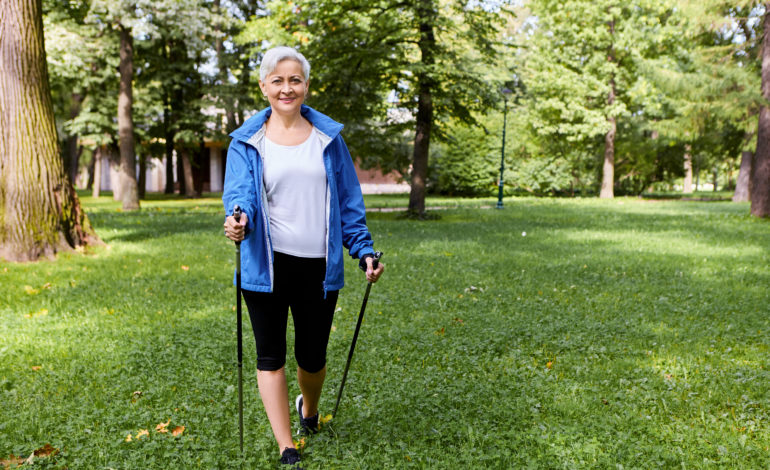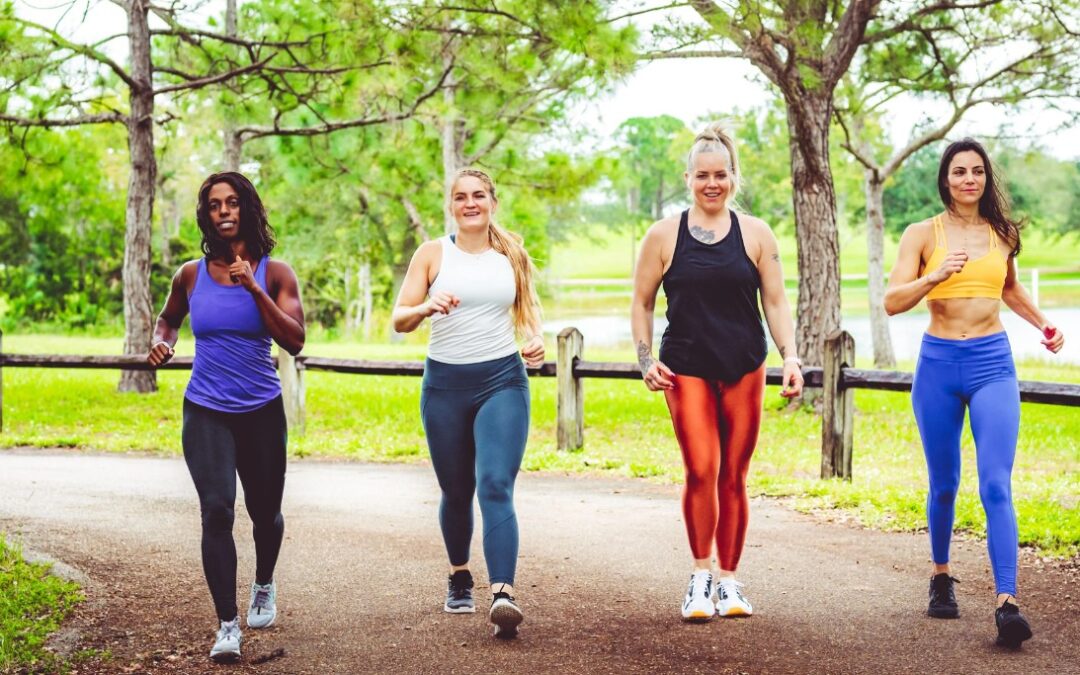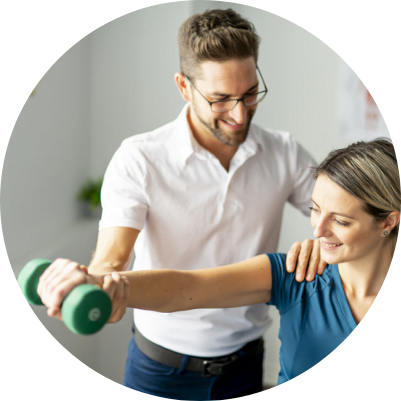For many of us, exercising or being active is easy. For others, just getting up out of a chair is difficult.
There are several obstacles that prevent us from engaging in physical activities. Some of these barriers may include:
- Motivation and boredom.
It’s hard to get started when you haven’t exercised in a while. We procrastinate, saying we’ll start next week, or the whole exercise thing is just too boring.
- Our mood or emotional barriers.
Sometimes feelings of depression, anxiety, and stress cause us to not want to do anything at all. Our emotional states can impact greatly getting started on an exercise regime.
- Our physical health.
Having pain such as a bad back or feeling stiff and sore just makes the thought of walking impossible. Other health issues causing breathing problems also create a challenge to exercise.
- The weather.
There are many excuses here: it’s too hot, it’s too cold, it’s raining, it’s windy, it’s too sunny!
- Lack of time.
In our busy lives, running a household, going to work, looking after children, and finding the time to fit exercise in a day can be quite difficult. At the end of a busy day, all we want to do is sit down and relax.
- Feeling uncomfortable physically.
If we haven’t exercised for a while, those dreaded kilos may have crept on. Feeling uncomfortable in our clothes, or just simply feeling uncomfortable moving, is enough to stop us from even starting to exercise.
- Financial costs.
Walking is free, right? But we need to get some activewear, shoes, hat, etc. These costs may discourage us from getting out there to do some exercise.
- Feeling tired.
The more we don’t exercise, the more we feel tired. Doing nothing at all can make us tired as we become deconditioned. Getting past this feeling can be a challenge.
- Fear to go out or try.
Going out walking at the park, or along the street can be scary even in the daytime, especially if we don’t have someone (or a dog) to walk with.
- Can’t see the point.
You’ve tried so many other things and nothing has worked before so why should you try again?
The experienced Physiotherapists at Power Physiotherapy can help you work through these barriers and guide you to overcome them.
When we start looking at the benefits of walking (or any exercise), we might be able to work around the barriers, making even small changes to get started. Why am I talking specifically about walking? Because it’s a great starting point for many people who have not been able to exercise in a long time. It’s a cheap form of exercise, doesn’t require any equipment, and can be done anywhere.

Walking Benefits for Seniors & Older AdultsAn article written by Richard Weil and William Shiel in 2015 provided a summary of the benefits of walking. Some of these benefits included:
- Helps to prevent type 2 diabetes.
- Helps strengthen your heart – helps to reduce the risk of cardiovascular disease.
- Walking is good for the brain – helps with your cognitive function, thinking, and thought processes.
- It’s good for your bones – especially for postmenopausal women to help reduce osteoporosis.
- Helps to alleviate symptoms of depression.
- Improves general fitness.
- Improves physical function.
So how can you get started:
It is crucial to seek advice from a health professional or doctor before beginning any exercise regime or physical activity, especially if you have underlying health issues or are new to exercising.
- The only real cost is some good sneakers – they don’t have to be the most expensive ones, just a pair that is not falling apart! Good foot support will make it easier to move.
- Wear comfortable clothes – doesn’t have to be anything fancy. You want to be as comfortable as possible.
- Plan your walk and pick a safe location where you won’t feel alone and there are many people around you. Walk in the daytime rather than at night.
- Small goals are better than huge goals so start with short walks first eg.: 5 minutes down the street, then 5 minutes back. Do this daily for the first week, then gradually increase to 10 minutes out, and 10 minutes back.
- Feeling uncomfortable after your first walk is perfectly normal. That’s why you should start with short walks first until your body gets used to them. Remember dusting off the cobwebs can be a little uncomfortable at first.
- Start at a slow speed, then gradually increase your pace as your fitness improves.
- Walk on flat ground first, then gradually build up to include some hills.
- Finish off with light stretching after your walk: when to stretch is a personal preference, however, I prefer stretching after the body has already warmed up after a walk.
- Once you become a regular walker, start choosing some different locations and enjoy different views eg: the beach or the park.
- Start to challenge yourself and use a pedometer. This can be an app on your phone or even on your watch. This is a great way to see your progress as you become fitter.
- Now that you have some confidence, ask a friend or family member to join you in your next walk.
The team at Power Physiotherapy is here to help you get started on your healthy ‘walking’ journey.




